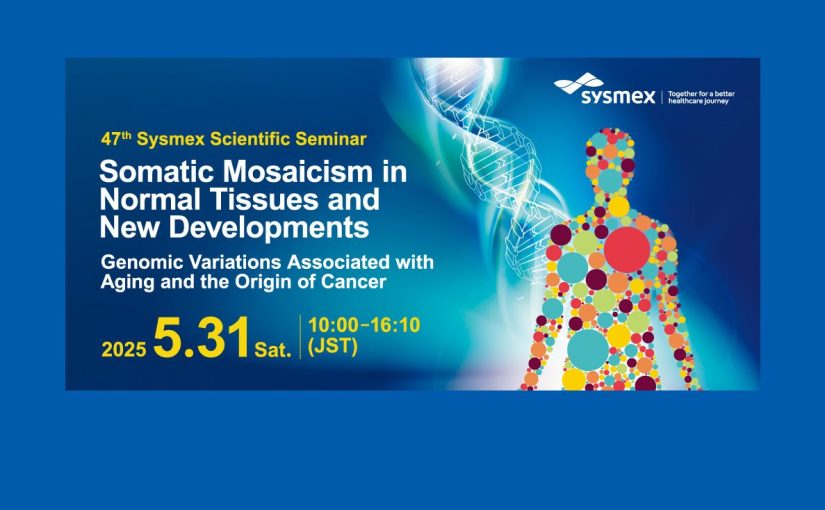D-dimer Webinar Series
Speakers

Topic: D-dimer – implementation and result interpretation for clinical laboratories
Emmanuel J Favaloro PhD FFSc (RCPA)
Sydney Centres for Thrombosis and Haemostasis,
Westmead Hospital,
Westmead, NSW, Australia
 Topic: The use of D-dimer in clinical practice: case study
Topic: The use of D-dimer in clinical practice: case study
Prasenohadi, PhD, Sp.P (K), KIC
Department of Pulmonology and Respiratory Medicine,
Faculty of Medicine, Universitas Indonesia,
Persahabatan Hospital,
Jakarta, Indonesia
Objectives of the Lecture
• Learn how D-dimer is being used in different clinical settings
• Learn how to implement D-dimer in a clinical laboratory
• Recognise that all D-dimer assays are not the same as they may use different monoclonal antibodies, calibrators, and methods
• Understand about different reporting units of D-dimer
• Learn how to interpret D-dimer in the correct clinical setting
Abstracts
D-dimer – implementation and result interpretation for clinical laboratories
D-dimer represents a specific breakdown product of fibrin. D-dimer is frequently ordered test, and used for a variety of purposes, but primarily for the exclusion or identification of thrombosis, including deep vein thrombosis (DVT) and pulmonary embolism (PE), and/or disseminated vascular coagulation (DIC). Tests for D-dimer are offered by all major manufacturers of haemostasis products. However, due to the composition of the assays, including use of different monoclonal antibodies directed against potentially different D-dimer epitopes, and also possible historical considerations, test findings may not be directly comparable. Specifically, different manufacturers may utilise different units for D-dimer, and different cut-off values, depending on the proposed clinical application. Cut-offs may differentially be provided for normal ranges and for exclusion of thrombosis. The two main types of units are D-dimer units (DDU) and Fibrinogen Equivalent Units (FEU), which are approximately twice those of DDU. In addition, reported units may be in mg/L, ng/mL, ug/mL or other alternatives. In theory, there are some 28 different potential combinations, although a set of 5 units are more commonly used. This talk will cover the implementation of D-dimer testing, and result interpretation for clinical laboratories.
The use of D-Dimer in clinical practice: case study
Various applications of D-dimer testing have been proposed over the years, including: (a) VTE diagnosis, (b) identification of individuals at increased risk of first thrombotic event (both arterial and venous), (c) identification of individuals at increased risk of recurrent VTE, (d) establishment of the optimal duration of secondary prophylaxis after a first episode of VTE, (e) pregnancy monitoring, and (f) DIC diagnosis/monitoring.
In the inpatient setting, patients with severe SARS-CoV-2 infections leading to pneumonia and hypoxic respiratory failure demonstrate elevated D-dimer and fibrinogen, evidencing a hypercoagulable state. The underlying pathophysiology contributing to the hypercoagulable state may be related to cytokine storm inducing endothelial damage, microvascular thrombosis, and/or the development of prothrombotic antiphospholipid antibodies. In patients with severe COVID-19, elevated D-dimer correlated positively with increased 28-day mortality and current guidelines recommend therapeutic anti-coagulation in the setting of elevated D-dimers. The prognostic value of D-dimers and anti-coagulation benefit in mild disease remains unknown. This talk will illustrate the use of D-dimer in clinical practice.
We hoped you have enjoyed the webinar and gained new insights!
May we request your time for a short survey?



![[VOD AVAILABLE] MINDS TOGETHER – Sysmex Knowledge Congregation Webinar on Anaemia & Haematuria Early Diagnosis Using Automation](https://www.sysmex-ap.com/wp-content/uploads/2022/08/3d_illustration_of_red_blood_cells_1-825x510.jpg)
![[VOD AVAILABLE] 9th International Sysmex Scientific Seminar](https://www.sysmex-ap.com/wp-content/uploads/2024/09/ISSS-2024-background-825x510.jpg)
![[VOD AVAILABLE] CBC interesting case studies -Are we listening to our Analysers?](https://www.sysmex-ap.com/wp-content/uploads/2024/11/Clinical-technologist-setting-reagents-on-CS-2500_002-825x510.jpg)